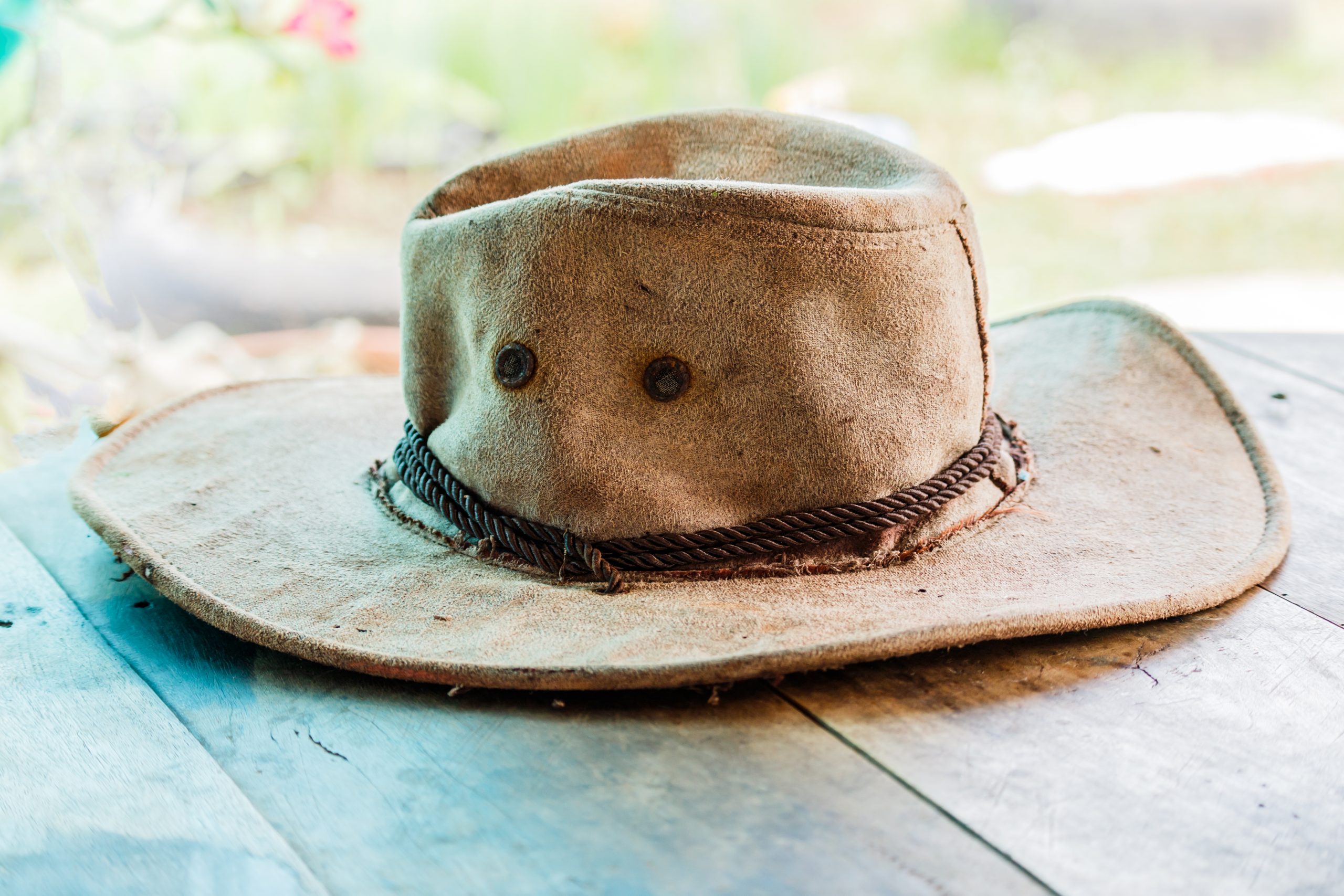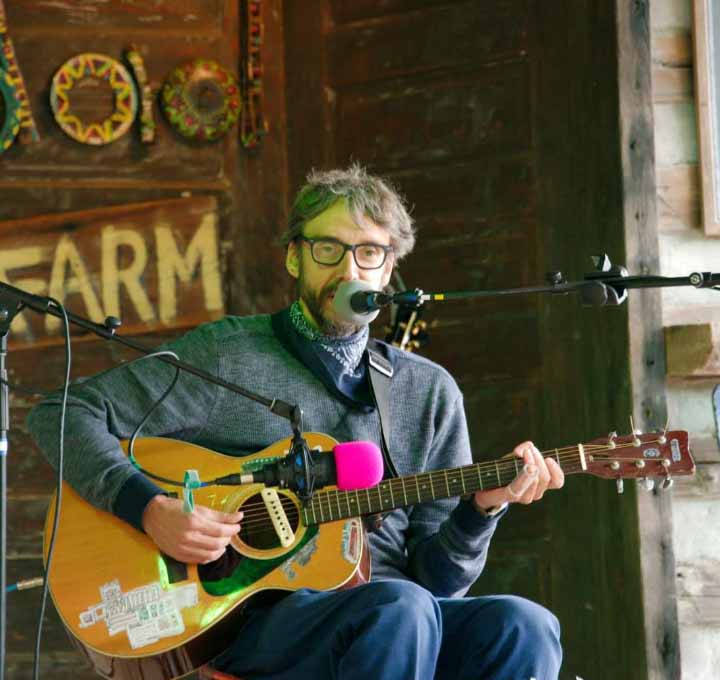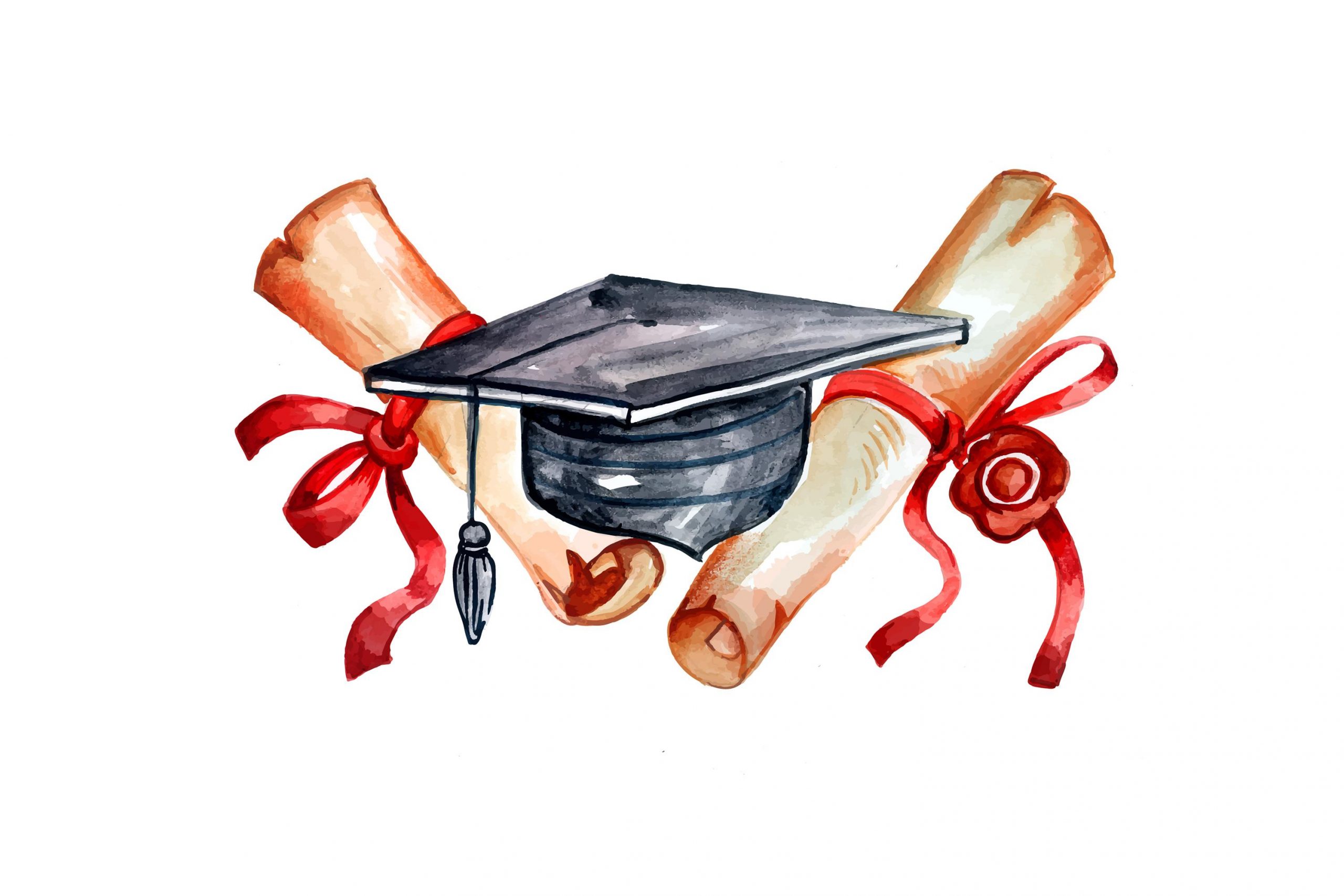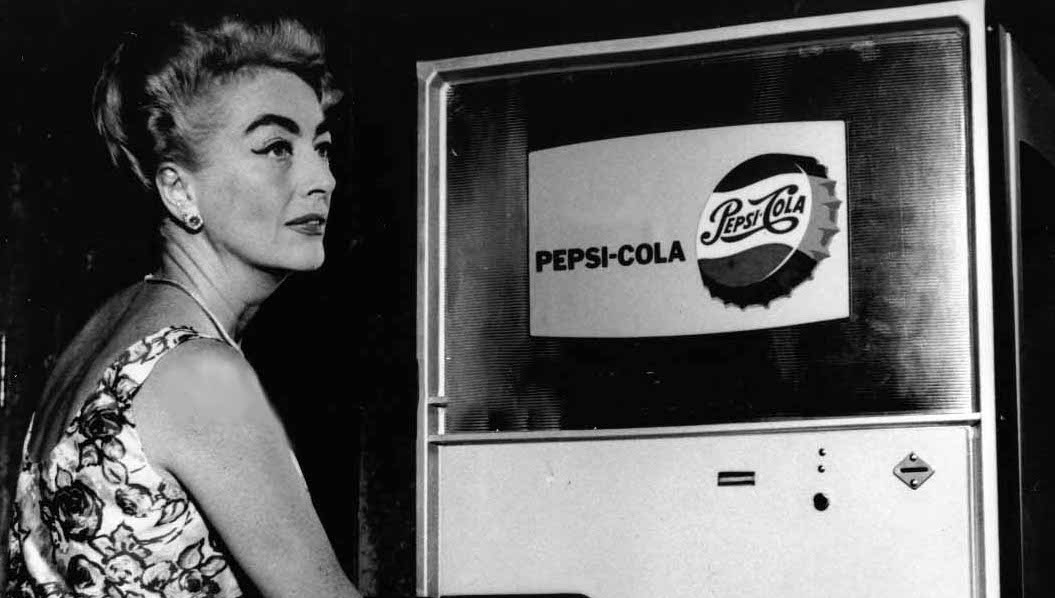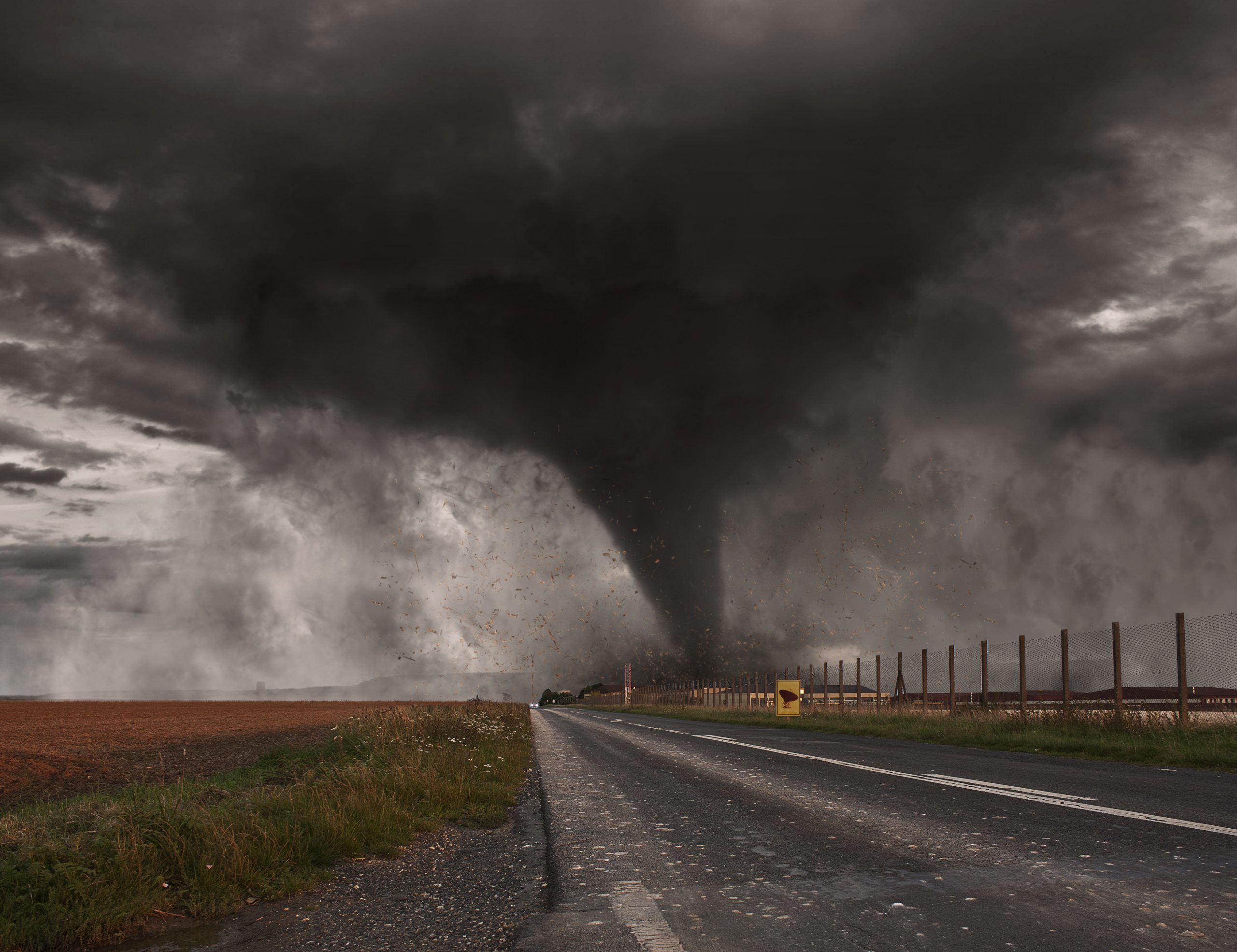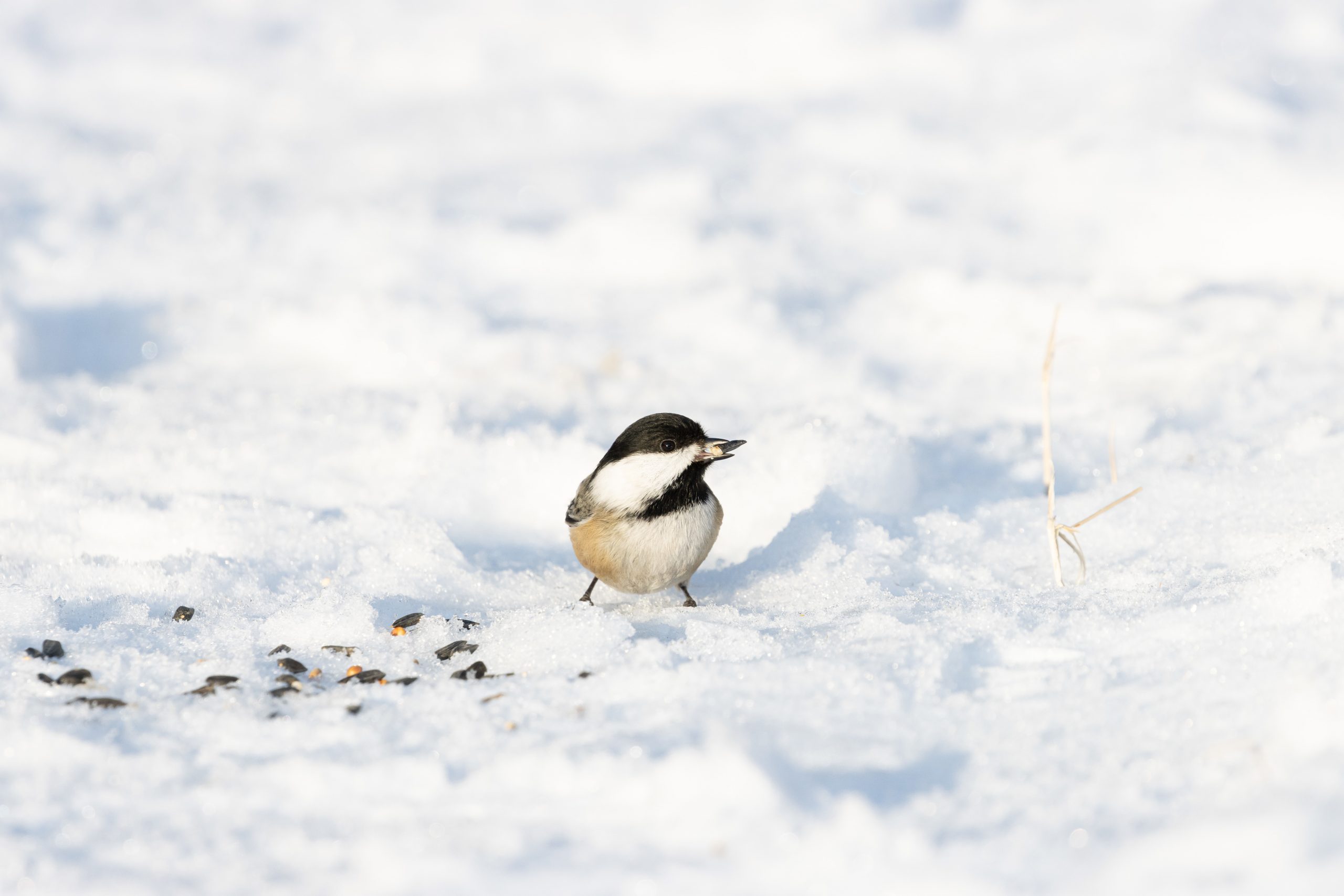Simple Life
Hat Trick
Donning — and Doffing — the Right Topper
By Jim Dodson
The other afternoon, as the skies darkened and the winds sharpened their bite, I slipped into Belk in search of a belt and came out with a new hat.
“Ah,” said the clerk with a kind of knowing chuckle. “Hat man, eh? Very hip.”
“Not really,” I said. “I just needed a new belt to hold my pants up. But then I saw this hat and it spoke to me.”
“Still, very sporty,” she said, ringing me up.
“No, Ma’am,” I said. “Not sporty. Or hip. Just getting old enough to justify a hat. Plus it was half price.”
I’m aware how silly that sounds — a hat speaking to me. What could be crazier, right? Everyone knows hats don’t speak.
But this one did.
There I was, innocently making for the belt department to find something to keep my pants from falling down, when I happened past a large table full of fine hats on sale: classic felted fedoras, flat wool caps, vintage trilby styles, Indiana Jones adventure hats, even hipster porkpies and a Holmesian tweed deerstalker.
“Hey, dear boy,” I distinctly heard a voice in my head say. (It sounded a little like my late mom.) “It’s cold outside. You need a good hat. Your father used to say that every man of a certain age needs a good hat.”
I stopped, turned, looked at the hat table and there it was: a green corduroy Stetson trilby, exactly like my dad used to wear. Talk about a moment that tops them all of late.
I picked it up and put it on. It felt good. My head approved. My wife did, too.
“That hat just looks like you,” she said. “Very dapper.”
Truthfully, I’m not sure what she means by this. How can a grown man possibly look like a hat or vice versa? Philosophers have puzzled on this conundrum across the ages, I suspect, in the same vein as whether there’s another word for “thesaurus” and why, when you think about the past, it brings back so many memories.
How can a hat possibly look like someone, you might well ask. Did John Adams resemble his tri-corner hat? Davy Crockett his coonskin? The King of England his crown? I think not.
On the other hand, all my early heroes of life — movie cowboys mostly — wore distinctive hats, which in those days was how you told the good guys from the bad. Now the good guys tend to wear black hats, or at least the bad country music singers do.
There was a time in America when every grown man wore a good hat of some kind or another. A hat defined the man. Lincoln wore a hat. So did Teddy Roosevelt. Bogart looked positively naked without his gray fedora, which added a couple inches of much-needed height. Ditto Big John Wayne, General Eisenhower and Mr. Green Jeans. Not to mention the Cat in the Hat. Hat men, all.
All politicians, said Carl Sandberg, ought to have three good hats, in fact — one to toss in the ring, another to talk through, a third to pull rabbits out of if elected. What does it say about the sorry state of American politics that nobody wears a good hat on the hustings nowadays? What America probably needs at this point in its evolution (besides a good six-year presidency in order to cut down the hateful attack ads that numb our brains every fourth year) are men and women of proven character who freely reveal their true natures and higher ambitions through the simple choice of headware, allowing them to come to us hat-in-hand every election cycle.
Were we fortunate enough to have such a clause enshrined in our most sacred document — “ We hold these truths to be self evident, that all men are created equal (some more than others and not all dudes, by the way); that they are endowed with certain inalienable rights (whatever that means — go look it up); that among these are life, liberty and the importance of choosing of a decent, age-appropriate hat, and so forth” — I can just picture how Hillary would look as she tries to convince us she’s the real McCoy in a Betsy Ross bonnet or Ran Paul a true swashbuckling populist in his fancy Three Musketeer hat with purple ostrich plume.
As it turns out, I might be more of a legitimate hat man than anyone, including me, ever knew — or, at the very least, a man on the threshold of mature and respectable hatdom.
Yes, indisputably, I’ve collected dozens of golf caps over the decades, though principally to mark my long passage through the world of golf. In point of fact, I’ve honestly never felt a moment’s comfort wearing a golf cap of any sort. They make my head look like a pimple with a bill.
For what it’s worth, real golf should be played with an ancient wool flat cap you preferably found on a stool in a Dublin pub or inherited from a dead sporty uncle from the blessed Isles. It should be well-lived in and have seen its better days, but can still stand up to a briny gale off the Irish Sea, or repel a little sheep dung thrown your way by an unhappy rival.
Such hats are in my DNA, after all, hailing as I do from a long line of seriously dedicated hat wearers. This late-in-life hat thing was probably inevitable and bound to eventually show up, like an IRS audit or unexpected relatives on Christmas eve.
My farmer grandfather, Walter, for instance, wore a floppy old wide-brimmed felt hat in winter and a fancy Sam Snead like straw fedora in summer — wouldn’t be caught hatless and out in the world for anything. He always removed his hat in the presence of a lady or whenever he entered a house, habits he passed along the gene pool to his son and me. Whenever I see some fool wearing his golf cap indoors at the bar — or, worse, backwards and indoors at the bar — I’m sorely tempted to yank it off his head and remind him our forefathers in triangular hats fought by Concord’s rude bridge to provide him the freedom he enjoys today to offend people just like me.
My dad, for what it’s worth, looked mighty fine in a wide-brimmed fedora with a gray silk band, a genuinely dapper man in charge of his own destiny. I could show you my favorite photograph from his early days as a reporter, pointing to a burned outhouse where some kind of monkey business involving homemade whiskey, local elected officials and women of questionable virtue had gone down. He looks downright dashing with his fedora tilted just so, a bit rakishly, like actor Alan Ladd in one of his bad gangster flicks, which is probably the reason my beauty queen mama dumped her rich-guy fiancé Earl, (who owned the Stutz Bearcat), and ran off with an underpaid newspaper reporter in his used Studebaker. But that’s another story entirely.
Point being, dear hatless friends, a fond tip of the cap to my old man and his papa for upholding a strong tradition of hat-wearing through the decades. Once I ditched cowboy hats around the second grade, I was pretty much a hatless young hombre myself until I adopted wearing an old wool flat cap I picked up outside a sheep barn in northern Scotland and still don from time to time when the cold wind blows and no one can object to the barnyard smell.
That’s why the serendipitous discovery of a stylish corduroy Trilby at Belk was such a nice surprise as the cold winds returned to the Sandhills this week.
In his 60s, my old man began wearing a simple, stylish green corduroy hat with leather band almost identical to the Stetson number I picked up for a song.
For the record, I wore it out the door and over to Walmart to pick up some potting soil and garden manure thinking about good old Henry David Thoreau who advised men of a certain age, “Live your life, do your work, then take your hat for when the wind blows.”
Good advice for these darkening times, I think. Besides, my wife thinks I’m very dapper, whatever that means.
Now, if only the dapper me can find a way to keep his pants from falling down.

